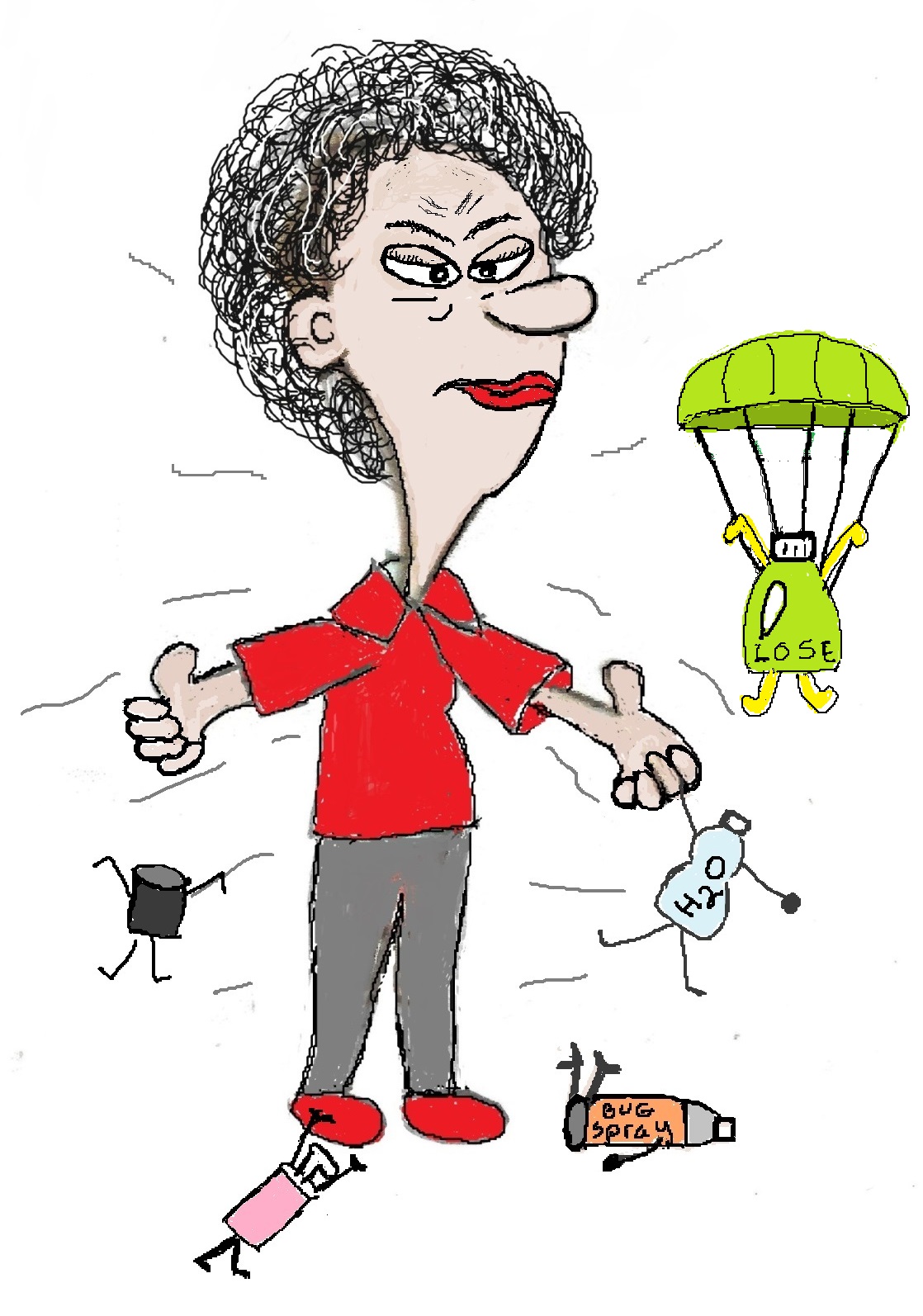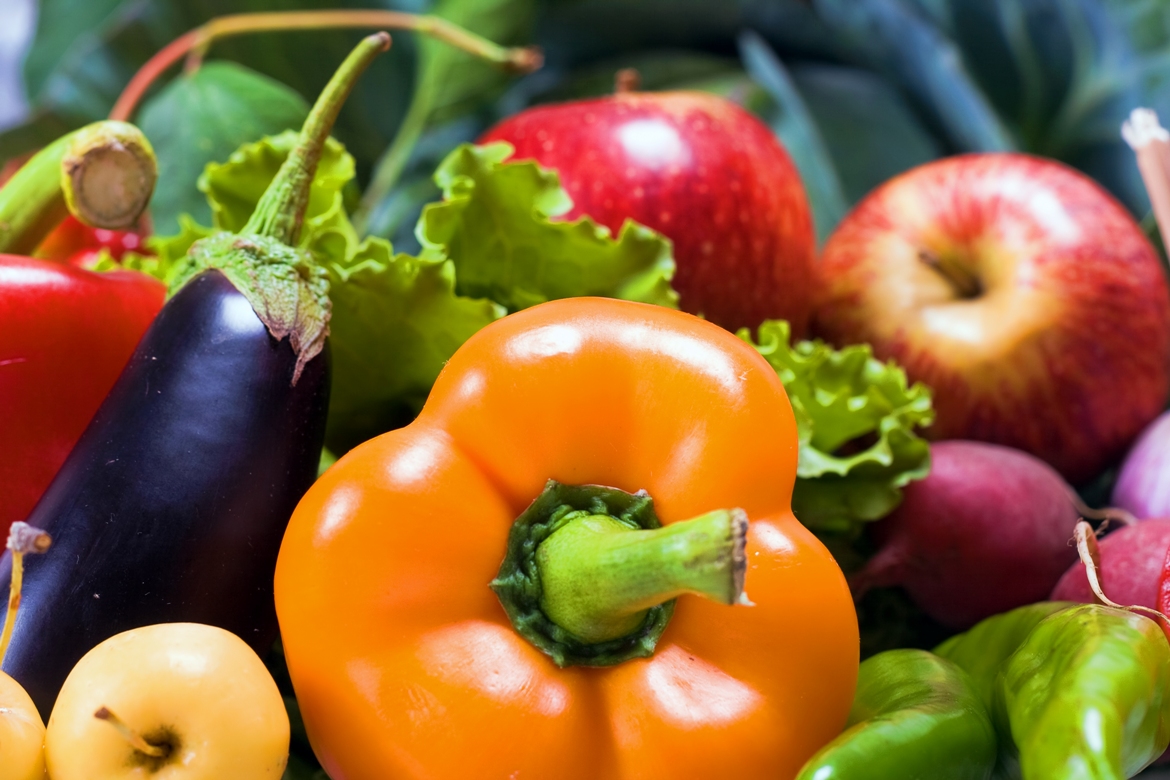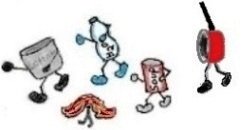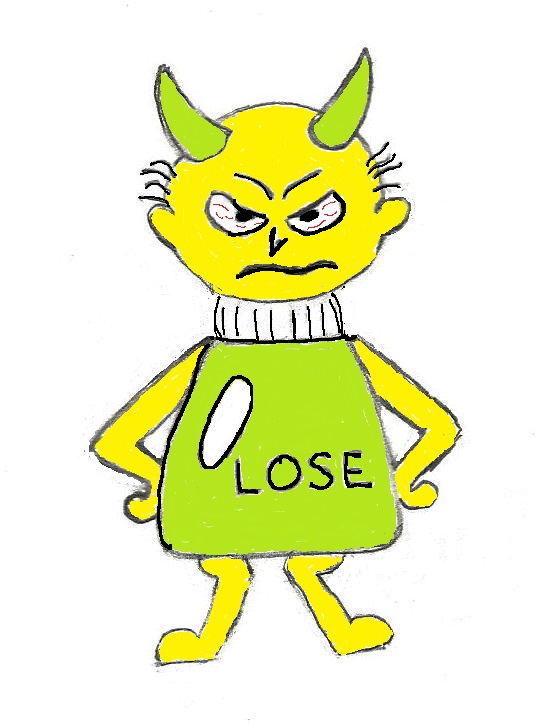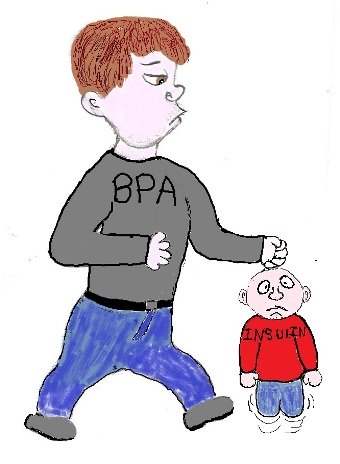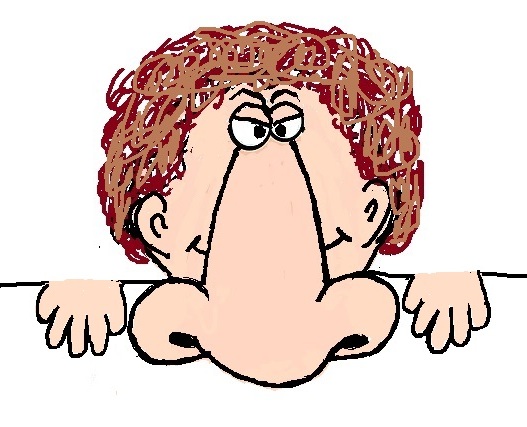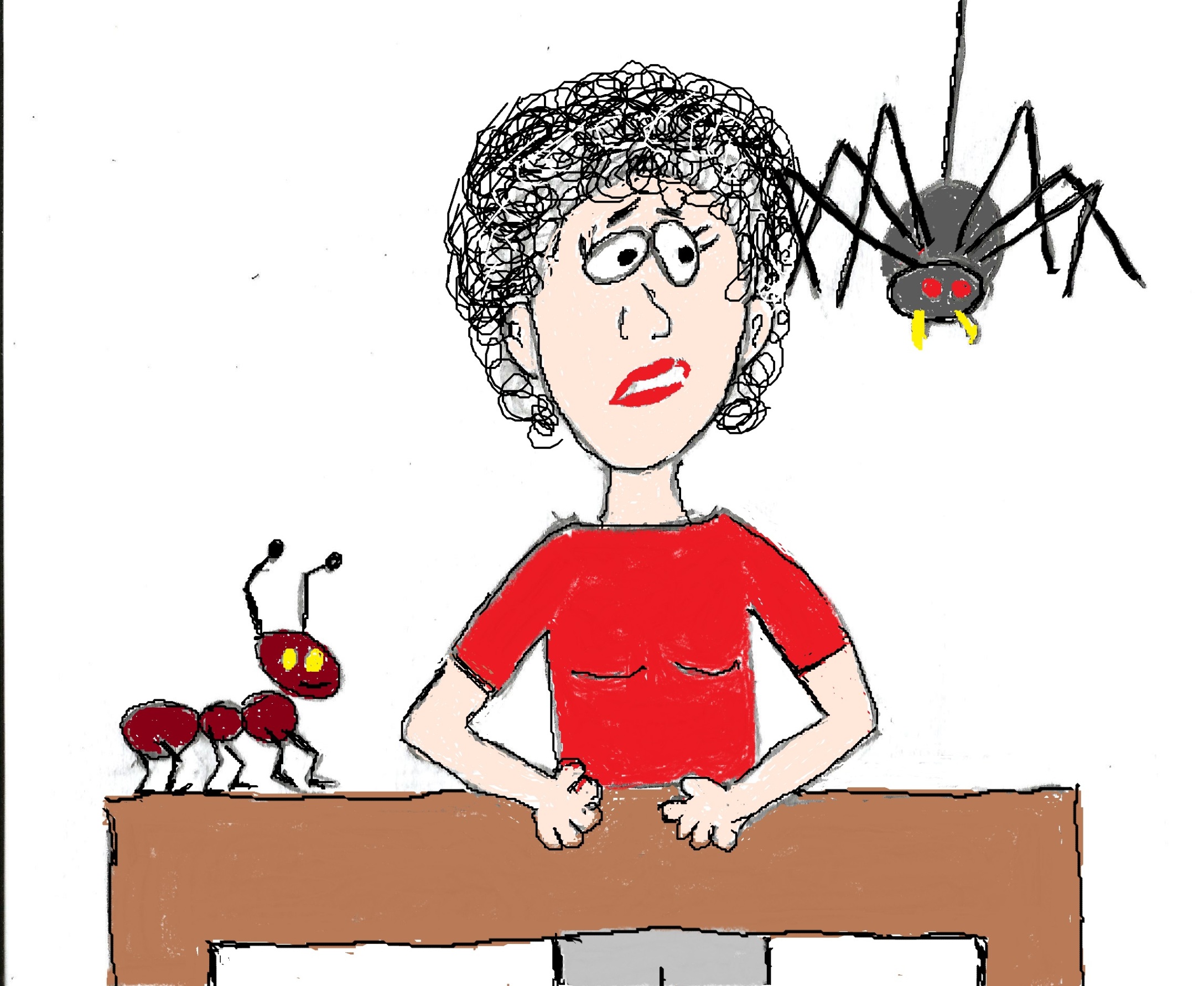- Home
- Non (Less) Toxic Living
- Habits
Shedding Your Toxic Product Habits
Habits are behaviors that you do without thinking about it, like automatically reaching for a can of ant insecticide or heavily scented fabric softener. But with a little effort you can shed your toxic product habits to live a less toxic and healthier life.
Habits
According to Psychology Today, you form habits when new behaviors become automatic. On the surface that statement would indicate that it's simple and easy to form new or break old habits. But, the process of making a behavior automatic is far from simple. If you ever tried to break a bad habit or form a good one you know how tough it can be.
That's because the behavioral patterns you repeat most often are etched into your brain (neural pathways). You do these behaviors without having to think much about them. Breaking bad habits and forming good ones requires creating new neural pathways.
You can, however, fight the power of habit by paying attention to your behaviors and realizing that using toxic products when there are safer alternatives is just a bad habit.
Breaking The Toxic Product Habit
The goal of advertising is to make you want to buy a product whether you need it or not. Marketers accomplish this by using psychology against you. They identify what they call "consumers pain points" and then show how their products will benefit you and solve your problems.
Filling your home with synthetic air fresheners, reaching for a plastic container to store left overs, and spraying every nook and cranny of your home and yard with pesticides are all habits you form from years of exposure to advertising. But, even though it won't be easy, you can break your toxic product routine using the following suggestions.
1. Focus on Risks Rather Than Benefits
Advertisers tell you all about the benefits of their products. Just use their products and you'll have softer clothes, hair, and skin; clean, fresh smelling laundry; fewer wrinkles and pots and pans that make clean-up a breeze. But at what cost to your health?
Take plastic food storage containers as an example. In 1946, inventor Earl Tupper started selling his "miracle" products, which helped to launch the plastics revolution. Do you remember Tupperware parties? I attended a few as a young adult with my mom and I remember thinking it was the coolest stuff, pretty and functional.
And then there were all the benefits for me, like Tupperware food containers were lighter and less likely to break than glass and crockery. They also kept food fresh longer. Sounded great, so I began to "Tupperize" just like thousands of other women, including my mom. Of course, now I know better!
Now when I hear about a new product and its wonderful benefits, my first thought is - I wonder how many toxic chemicals it takes to achieve those benefits? If it's a product I really think I need (like wrinkle cream), I'll do some research to find out what's in it. Unless it's a natural product, I usually find that the benefits don't outweigh the risks.
Then I go in search of a safer substitution for the product. It may not be as convenient to use and it may not provide all of the same benefits - but it will certainly protect my health!
So, the next time you see a commercial about a new product or automatically reach for a toxic product that you've been using for years, stop and ask yourself these 3 questions:
- What are the risks to my health when I use this product?
- Do the benefits outweigh the risks?
- Are there safer substitutions?
Now you might be thinking, how do you identify the health risks from the products you use and where can you find safer substitutions? Well, that's what Non Toxic For Health is here for. Just click on any of the nav bars to learn about your health risks from food and cookware, pesticides, personal care products and the things you fill your home with. Or just ask me, I'd be happy to help.
2. Take Baby Steps
Be realistic. Changing habits takes willpower. Don't max out your willpower by trying to make too many changes at once. You wouldn't make a resolution to start exercising, cook every meal from scratch and learn a new language all at the same time would you? So take baby steps when you make the decision to shed your toxic product routine.
For example, if you use a ton of different lotions and potions, don't try to replace everything with less toxic options all at once. Start with something like skin cleansing and replace your detergent-based cleansers and body washes with a non toxic alternative like Dr Bronner's Castile soap. Or if every cleaning product you use has to smell like a field of wildflowers, consider first replacing your laundry detergent and fabric softener with non toxic options.
My friend and neighbor spent the past year or so cleaning up her family’s diet by eating more organic produce and less processed meat and brown rice. She also makes her own laundry detergent and hangs her clothes to dry so she doesn't need fabric softener. She told me the other day that her resolution this year is to start using less toxic personal care products. She's now reading that section of this website for solutions.
3. Make a concrete plan
It's easier to change an automatic behavior when you make a plan. With a plan you can define your goals and the steps you need to take to reach those goals.
Let's say you decide to change your plastic habit. That sounds pretty overwhelming unless you break it down into doable steps. Here are some possible steps you could take.
- Do a room to room search of your home to identify all the plastic items in your home.
- Decide which plastic products you want to get rid of first, second, third etc. (for example, you could get rid of anything that's vinyl in your home or any plastic that comes in contact with the water you drink, like bottles and filters).
- Research less toxic alternatives to plastic at Non Toxic For Health.
- Give yourself plenty of time to break the plastic habit. Living less toxic should NOT be more stressful!
Living a less toxic life usually means you have to change your automatic behaviors, which takes some thought and effort. By understanding that using toxic products is a bad habit, focusing on risks rather than benefits, being realistic and making a plan, you can shed your toxic product behaviors.
I hope you will use this information to start your journey toward less toxic living. Start by making small changes and set realistic goals. You'll find plenty of info on Nontoxic For Health that will help you live a less toxic life.
To simplify the process I've created a 16 Step Guide To Less Toxic Living. In this guide you'll find everything you'll need to reduce your toxin exposure, written in an easy to follow format. This guide covers topics like detoxing your food, water, personal care and cleaning routines to cleaning up your indoor air.
Take your time and follow each step to accomplish healthy aging through less toxic living.
And remember, staying healthy by reducing your exposure to toxins is a long-term detox strategy.
Best of Luck in Your Efforts! Please share your journey to less toxic living with the Non Toxic For Health Community by leaving a comment below.
